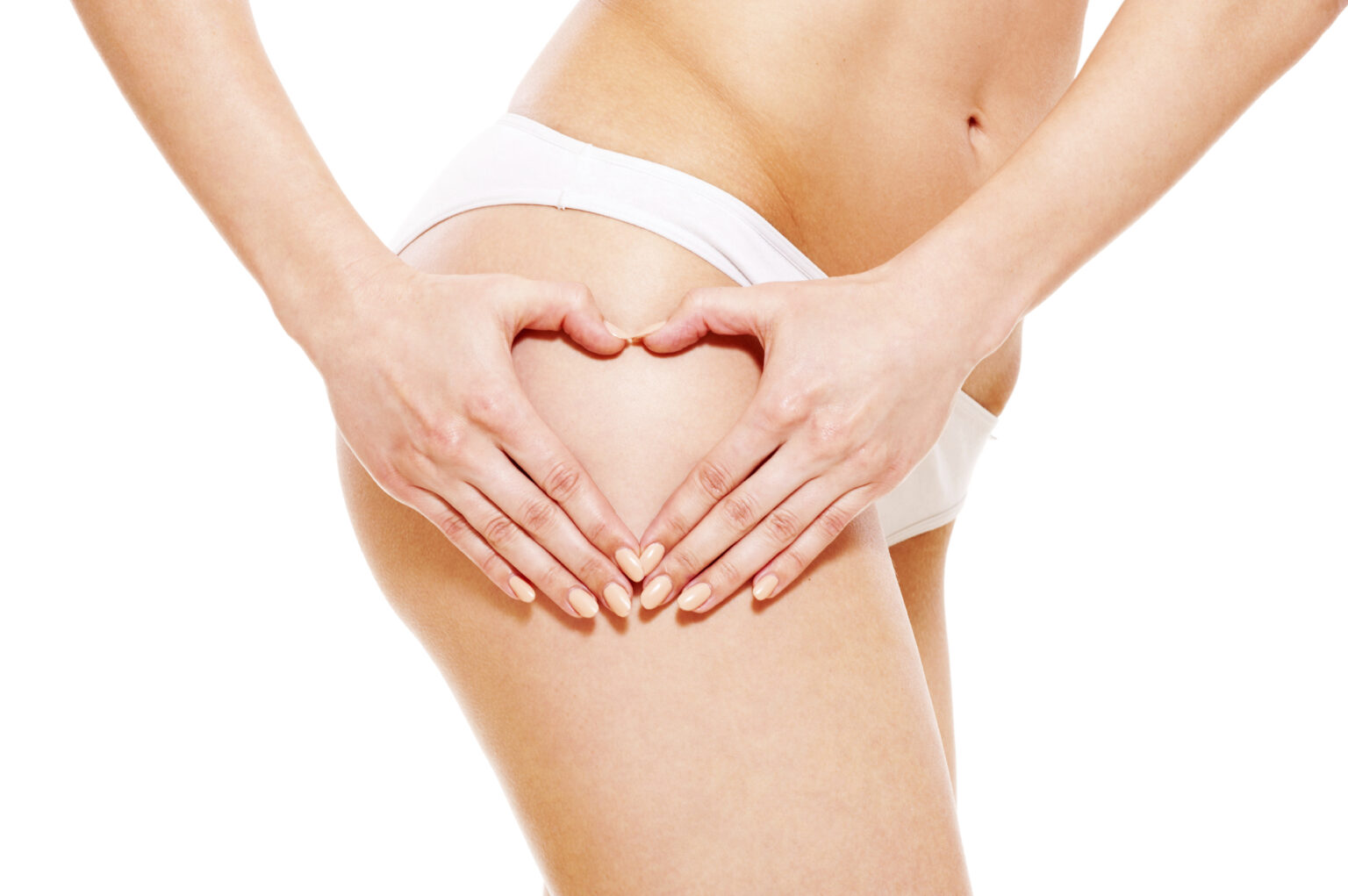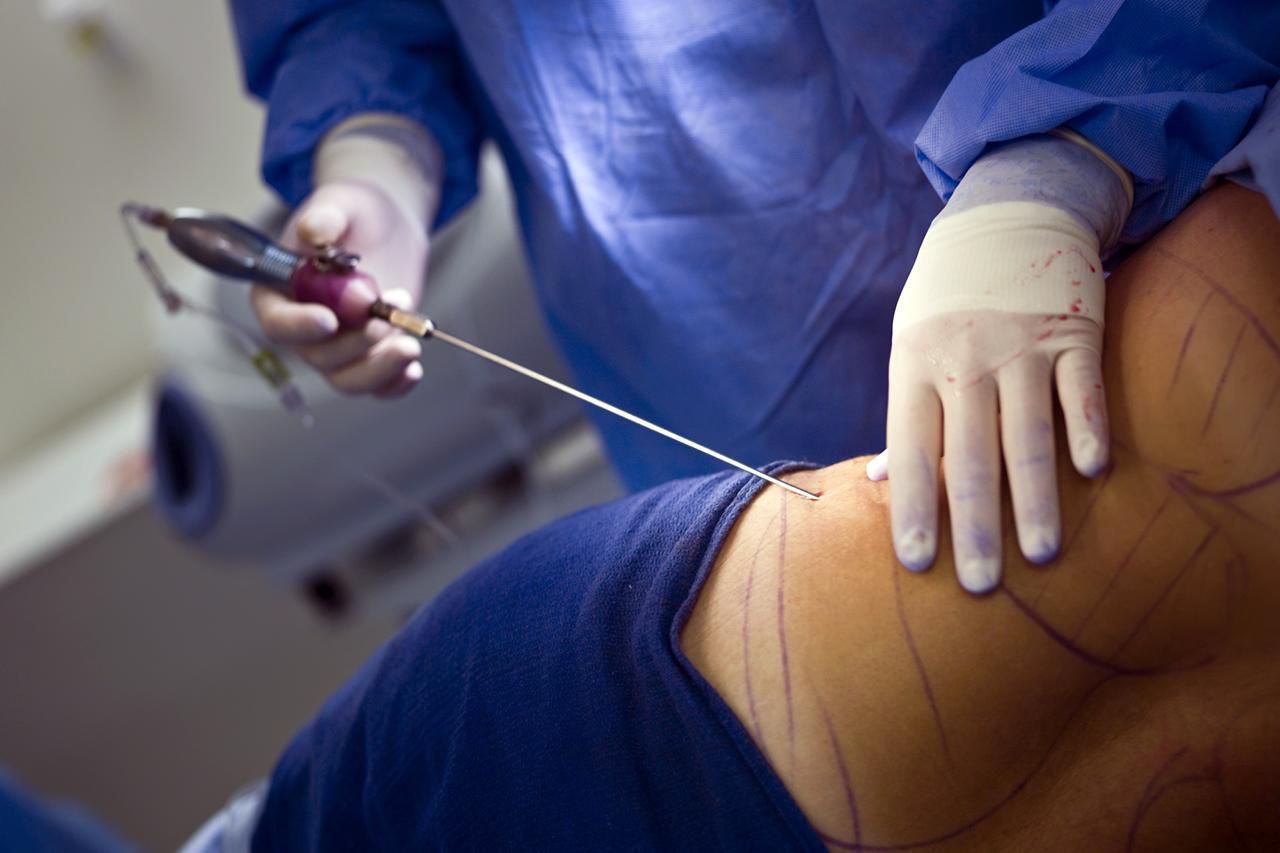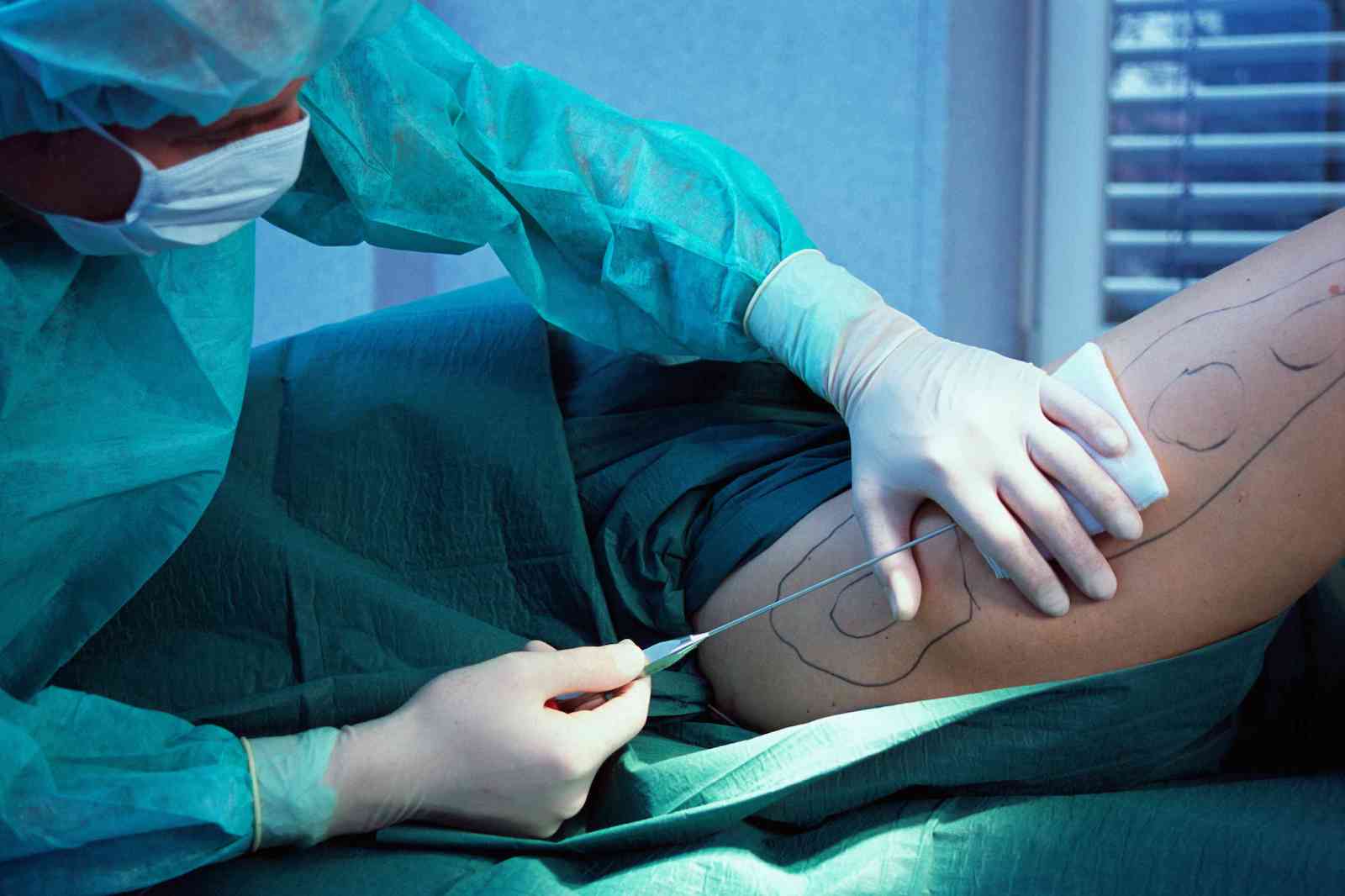
8 Proven Liposuction Recovery Strategies
A liposuction is a great option for patients looking to get rid of stubborn fat pockets. Liposuction removes excess fat from the target area, allowing the patient to achieve the desired body shape. These eight proven tips for liposuction recovery will ensure a quick recovery.

Timeline for Liposuction Recovery
48-72 hours after surgery. Patients experience some discomfort and pain within the first few hours of liposuction. Your surgeon will prescribe pain medication to improve your comfort. Patients should rest well, wear a compression garment and avoid any physical activity during this time.
1-2 weeks after liposuction. Some discomfort and pain may remain for the first two weeks following liposuction. Patients can usually return to work as long as they do not engage in strenuous activity. Keep wearing the compression garment, and monitor fluid drainage and incisions.
2-5 weeks after surgery. The pain should subside by this point and you should begin to notice the effects of the surgery. All incisions must be completely healed by this point. Some areas may still show signs of swelling and bruising. After weeks three to four, most patients can return to moderate exercise. You should avoid intense exercises until your surgeon gives you the go-ahead.
6+ weeks after surgery. Patients can usually see the results of the surgery and notice the improvement in swelling and bruising. Patients no longer need to wear compression clothes and can engage in high-impact exercises.

Take Good Care of Yourself
A good diet plan is essential to ensure a quick and uninterrupted recovery from liposuction. Your body will recover its strength and heal itself by eating healthy and incorporating vitamins, antioxidants, and other nutrients.
Reduce salt intake, as it can cause the body to retain more water and increase swelling.
To aid in wound healing and the growth of skin and muscles, increase your protein intake.
Reduce your sugar intake in order to prevent your immune system from being suppressed.
To avoid nausea and bloating, eat small amounts of food several times per day.
Following liposuction you should follow the recommended post-liposuction healing diet. This includes watermelon and grapefruit, celery, celery, and squash.

Keep Moving
After liposuction, allow your body to rest and recuperate for 24 hours. Light exercise, such as short walks, is a good way to speed up your body’s healing.
Keep hydrated
Proper hydration is essential to avoid dehydration after liposuction. A typical recommendation is to drink eight glasses of water per day. However, after liposuction, you should consume 10-12 glasses of water daily. Tea, low-calorie beverages, and skim milk can be substituted for water. Avoid high sodium drinks.
Find out What to Wear
It is essential that you know what to wear to speed up your recovery. Too tight clothing can cause irritation to your skin and slow down recovery.

Avoid Soaking
Injecting your body in water can slow down healing and increase the risk of infection. Avoid submerging yourself in water, such as hot tubs or baths, until your body is healed.
Lymphatic Massage
Lymphatic drainage massage, which focuses on releasing accumulated toxic from lymph nodes, has been shown to reduce recovery time and minimize discomfort and pain.
Participate in Follow-Up Appointments
Your surgeon can monitor your recovery and progress after liposuction through follow-up appointments. Your surgeon will schedule you for all post-op appointments.
To learn more about if liposuction is the ideal treatment option for permanently removing your stubborn fat, contact liposuctionnyc.com today to schedule a consultation appointment!







